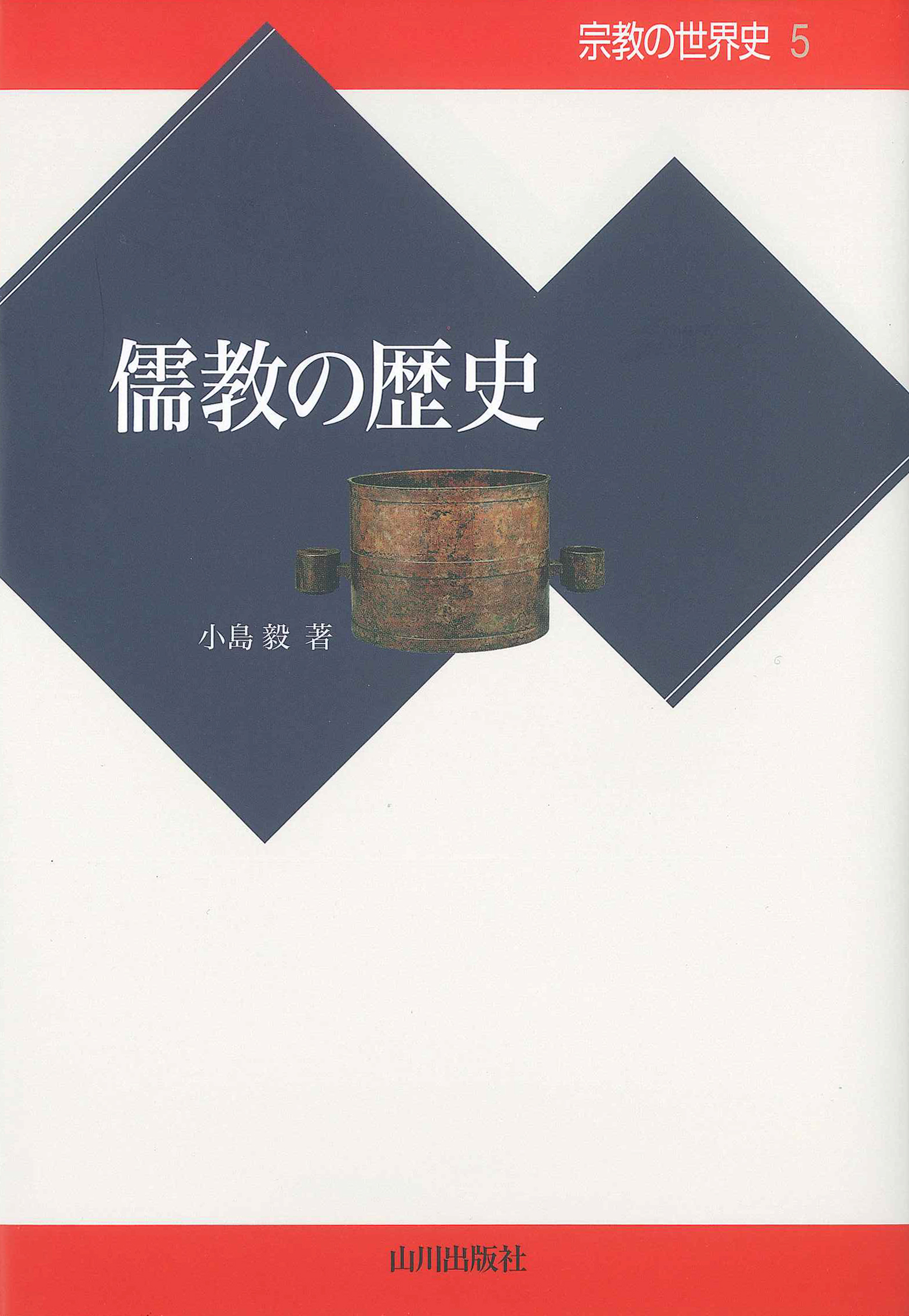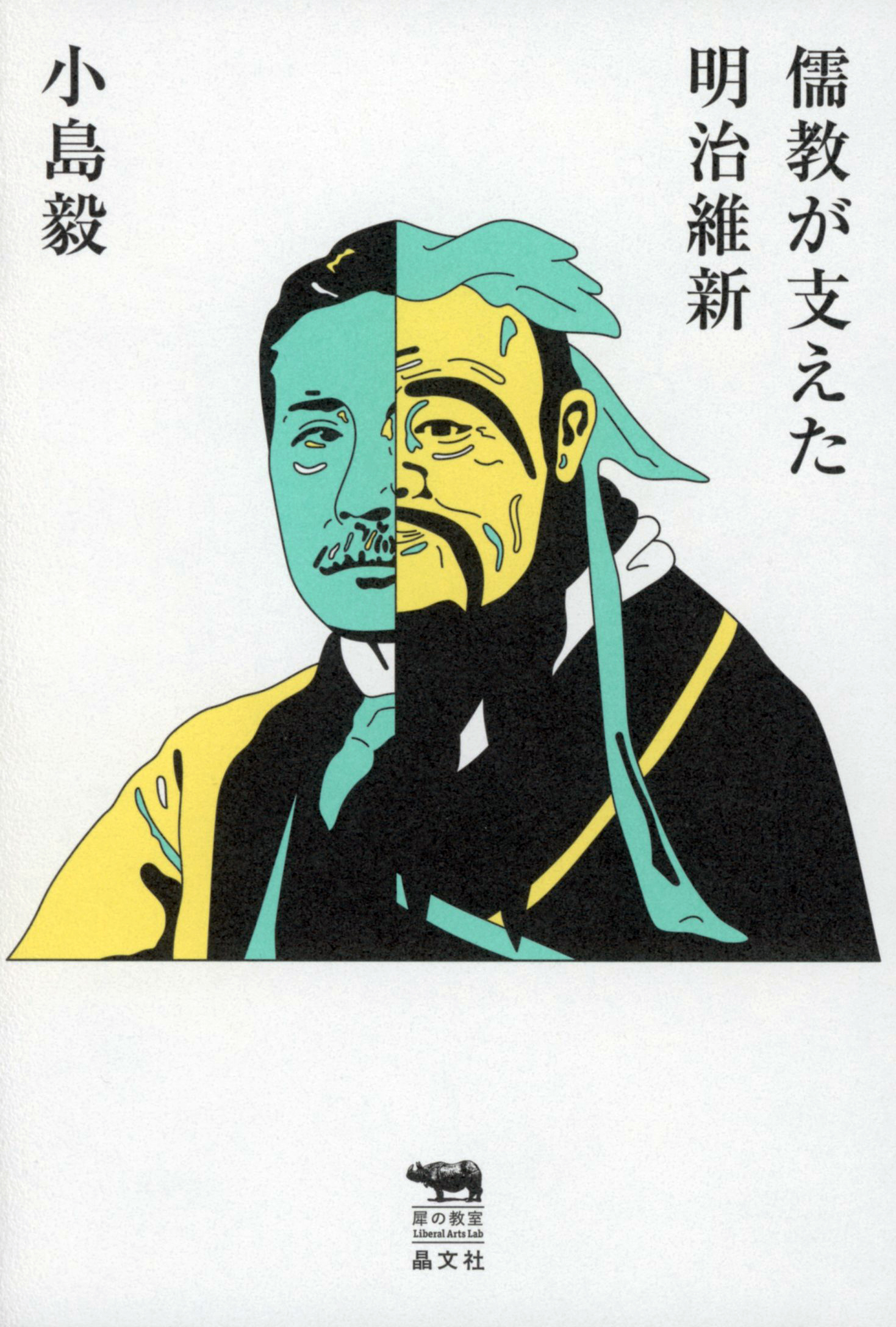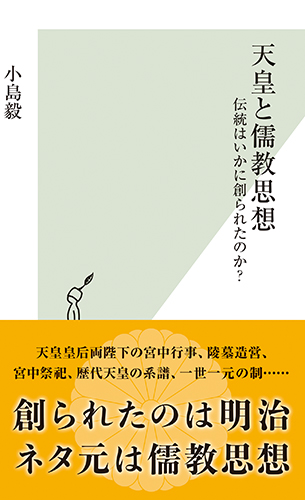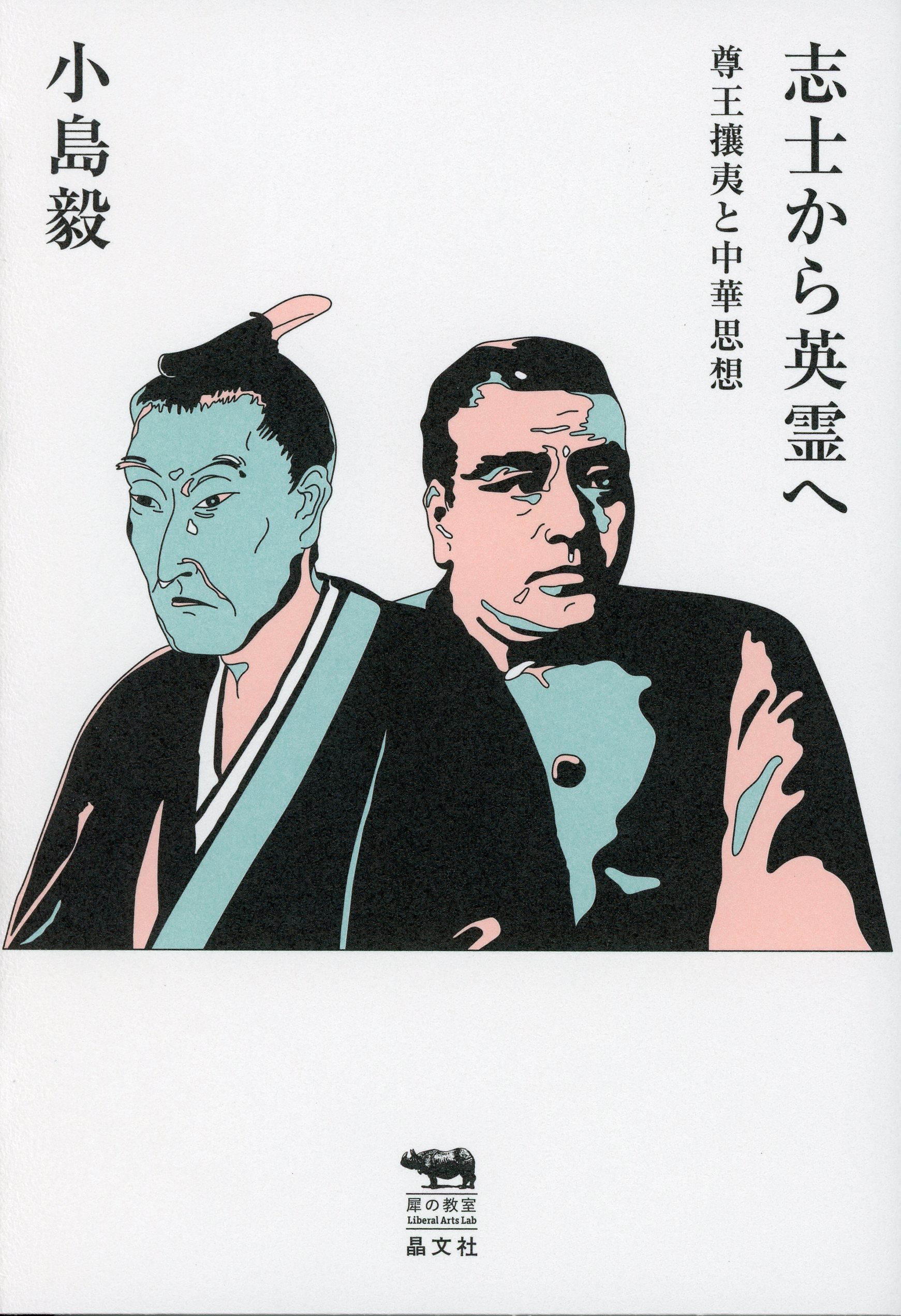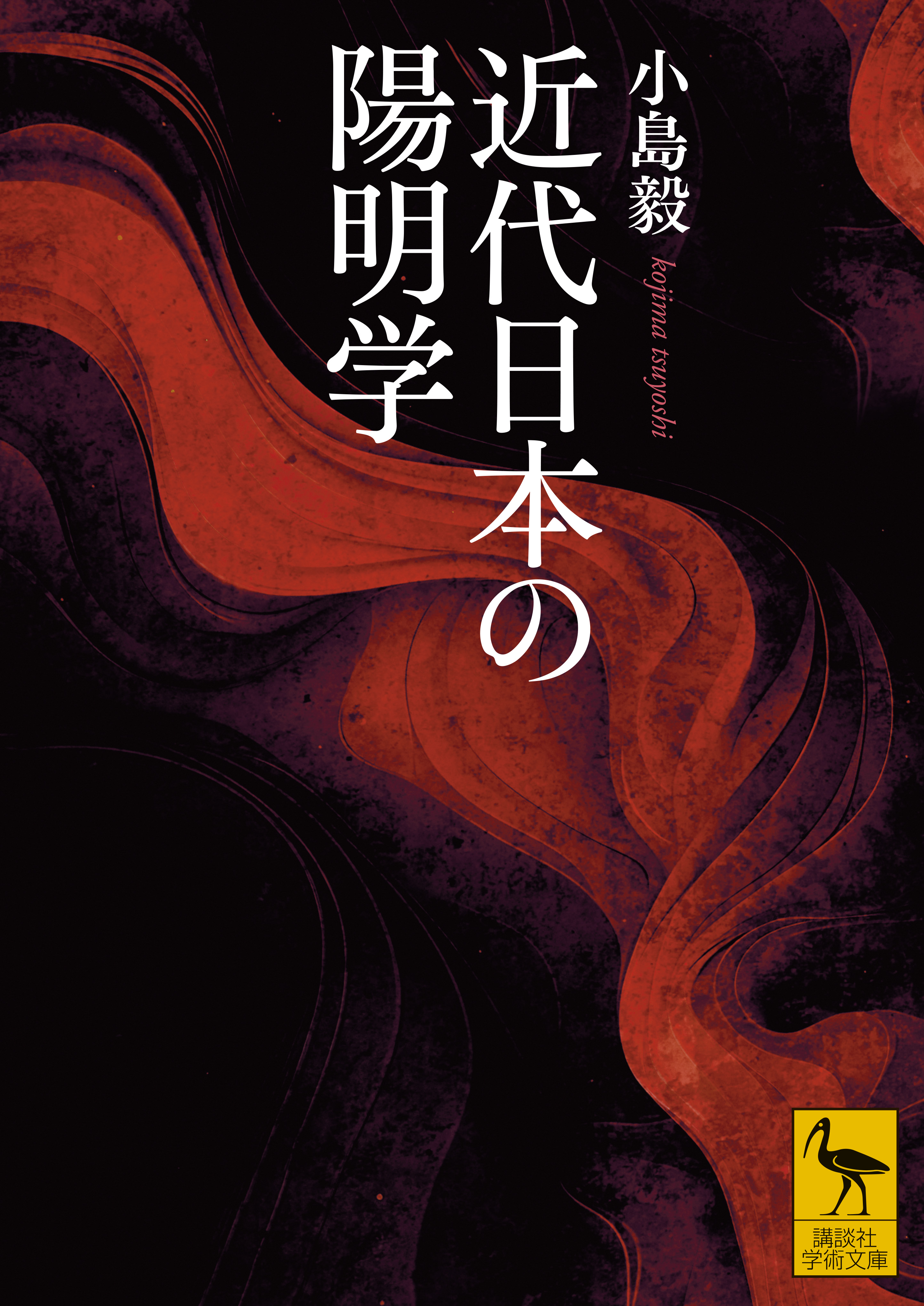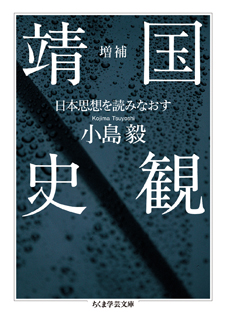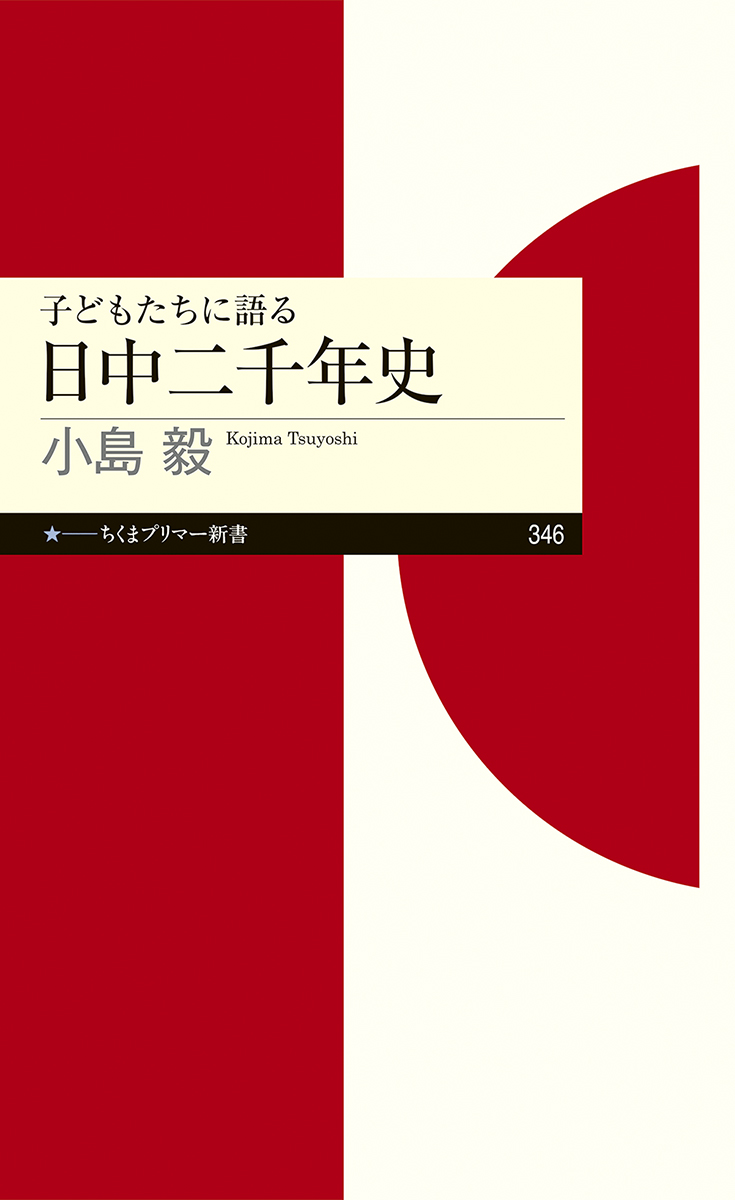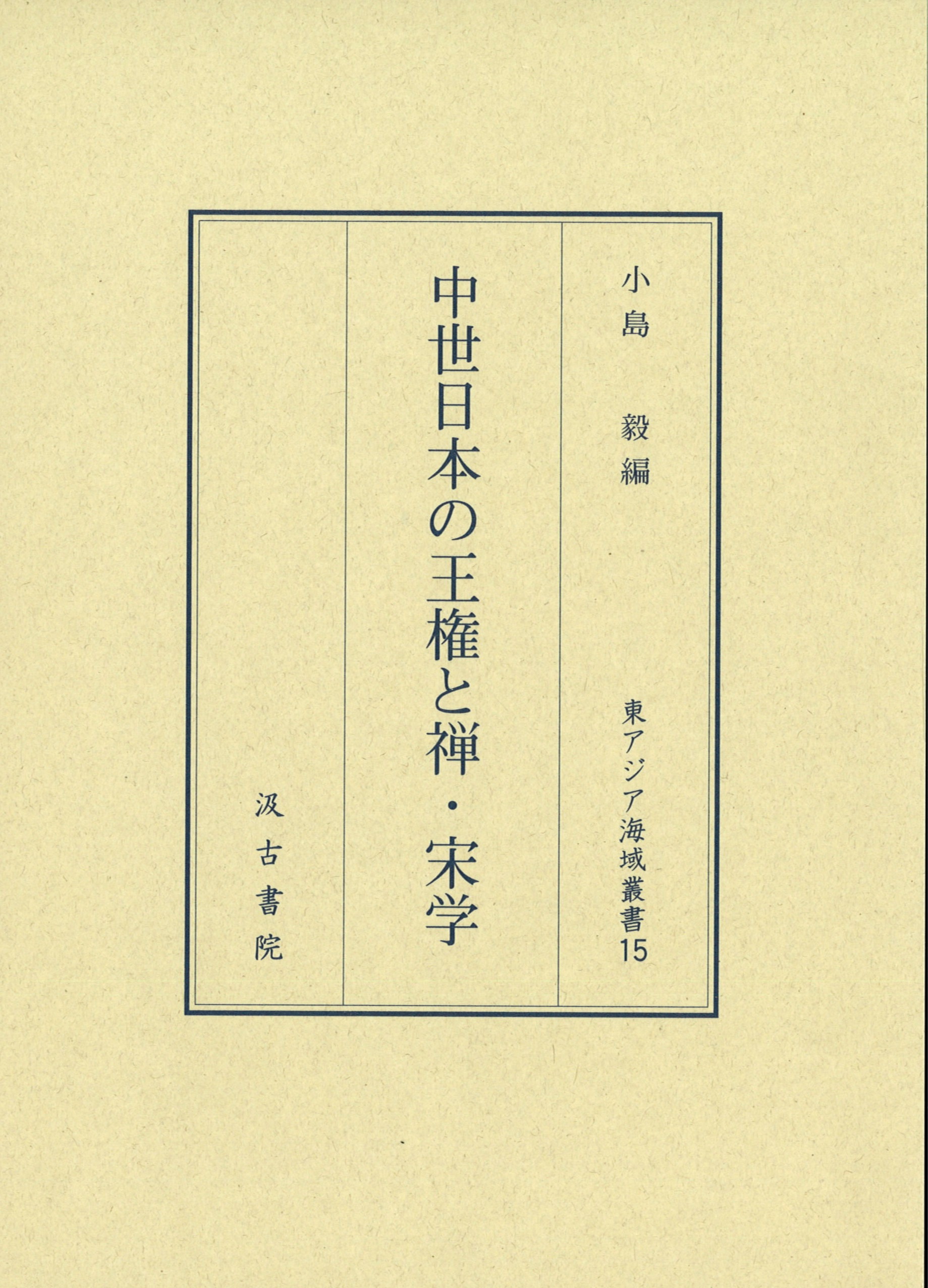
Title
Maritime East Asia Series Chusei-Nihon no Oken to Zen / Sou-gaku (Kingship in Medieval Japan, Zen, and Song Learning)
Size
368 pages, A5 format
Language
Japanese
Released
March 29, 2018
ISBN
9784762929557
Published by
Kyuko Shoin
Book Info
See Book Availability at Library
Japanese Page
This is a collection of articles based on the research project “Comparison of the Three East Asian Nations as Seen from the Compilation of Official Histories and Theories of Sovereignty,” which was funded with a grant-in-aid for scientific research. Focusing on the period in Japanese history known as the medieval period, it explores the role of ideas of foreign provenance in the formulation of theories of kingship or sovereignty. It was Zen monks who introduced to Japan the new current of Confucianism known as Song scholarship or learning, and this became one of the constituent elements of Gozan culture, which was centred on Zen temples. This book shows how Zen and Song learning provided Japanese thought with fresh stimuli from the medieval period onwards. The articles contained in this book are as follows.
Izawa Kōichi, “Aspects of Ancestor Worship in East Asia: With Reference to China, Korea, and Japan.” Izawa deals with various aspects of ancestor worship by emperors, kings, and other statesmen in the countries of East Asia with reference to the establishment and vicissitudes of ancestral mausolea, starting with characteristics of and changes in the institution of imperial ancestral temples in the Song period and their similarities with those of the Yuan and Ming periods.
Yamauchi Kōichi, “The Creation of the Foundation Myth of the Chosŏn Dynasty.” Yamauchi describes how those behind the change from the Koryŏ dynasty to the Chosŏn dynasty in Korea lent authority to and justified the change in dynasty, and he does so through an analysis of the Sindo stele at the Kŏnwŏllŭn mausoleum of King T’aejo, the Yongbiŏch’ŏnga, and the Koryŏsa.
Itō Takayuki, “From East Asia’s ‘Early Modern Period’ to China’s ‘Modern Age’: A Study from the Perspectives of Comparative History and the History of Cultural Exchange.” Having first defined the overall current of Confucian thought from Zhuzi’s school of thought to that of Wang Yangming as “early modern Confucianism,” Itō compares this with Japan’s Edo period, which is likewise referred to as the early modern period.
Daniel Schley, “On the Possibilities of Divine Kingship in Medieval Europe and Japan: With a Focus on the Historical Thought of Otto of Freising and Jien.” Schley examines theories of kingship as seen through a comparison of two thinkers from around the same time who differed, however, in their culture and historical background.
Minakuchi Takuju, “‘Confucius’s Father’ and the ‘Great Shrine’: An Interpretation of Tale 12 in the Chapter on Gods of Heaven and Earth in the Kokon Chomonjū.” Focusing on a tale that describes how Confucius appeared in a certain person’s dream, which then led to the offering of plants instead of sacrificial animals at religious services dedicated to Confucius at the National University, Minakuchi analyzes a story about the Japanization of Confucian rites.
Kondō Shigekazu, “Abdication by the Emperor and Cloister Government: With a Focus on the Kamakura Period.” Kondō examines the political circumstances in which the emperor abdicated the throne and, conversely, the political circumstances that his abdication created.
Gaétan Rappo, “Subjugation Rituals and Royal Authority during the Nanbokuchō Period: The Secret Ritual Described in Monkan’s Gyakuto Taiji Goma Shidai.” Rappo analyzes the role of religious rites during the emperor Go-Daigo’s rule on the basis of the Gyakuto taiji goma shidai, a ritual manual composed by Monkanbō Kōshin.
Kojima Tsuyoshi, “The Song Scholarship Studied by Chūgan Engetsu.” Kojima discusses how, after his return to Japan, the Rinzai monk Chūgan Engetsu, who studied in Yuan China, assimilated the knowledge of Song scholarship that he had acquired in China.
Hotate Michihisa, “The Founding of Daitokuji Temple and the Kenmu Restoration.” Hotate deals with the question of how the temple Daitokuji, which had its origins in the lineage of the monks Nanpo Shōmyō and Shūhō Myōchō and had close connections with imperial authority, involved itself in the conflict between the two temples Jimyōin and Daikakuji.
Tao Demin, “An Inquiry into Mito Ideology at the Time of the Establishment of the Meiji State: With a Focus on Lectures on Imperial Rescripts by Kurita Hiroshi, Who Completed the History of Great Japan.” Tao delineates the background to the establishment of State Shinto during the Meiji era in terms of the history of intellectual thought with reference to the interpretation of the “Imperial Rescript on Education” by Kurita Hiroshi, who brought to completion the compilation of the History of Great Japan, a voluminous history of Japan.
(Written by KOJIMA Tsuyoshi, Professor, Graduate School of Humanities and Sociology / 2018)



 Find a book
Find a book


